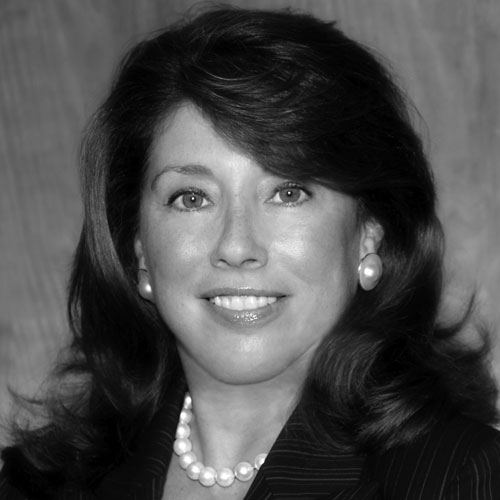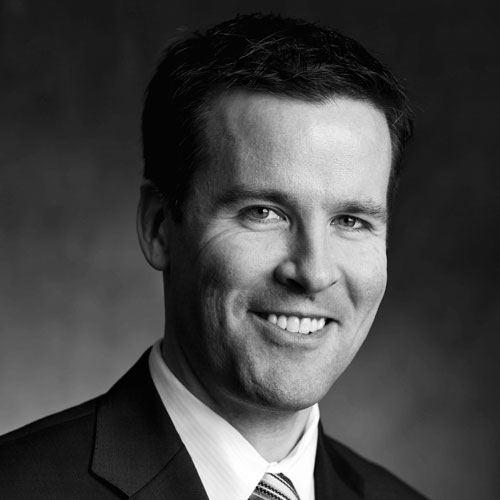Grand Canyon University (GCU) was formed in 1949 as a private, not-for-profit Christian university, and it
occupied a stable niche for decades. By 2004, however, the school was on the brink of closing as it coped with an enrollment of less than 1,000 students and a debt of $20 million. At that point, it transitioned to for-profit status and began focusing on online programs for working adult learners. Over the next four years, enrollment grew to include 10,000 online students, but the number of students on-site remained stagnant, and the school’s financial difficulties persisted.
By 2008 drastic changes were necessary. New leadership took the school public and defied expectations by raising $200 million at a time when the stock market had dropped more than 1,000 points and had been experiencing its longest IPO drought since the 1970s. GCU has flourished since then by continuing to defy common wisdom. While the university has grown its online course offerings, it has also invested hundreds of millions of dollars in new dormitories, classrooms, additional food services, and a 7,000-seat sports arena.
Build It, and They Will Come
Investors were not initially convinced that expanding to on-site investments was appropriate, since they remained focused on targeting working adults online. But CFO Dan Bachus explains: “We were adamant that we needed to grow the campus in order to build our brand and allow us to compete against traditional universities that were entering the online market for working adult learners.”
The strategy clearly paid off. GCU has even entered Division 1 athletics, opening the men’s 2014 basketball season against number-one-ranked Kentucky with second-year head coach Dan Majerie, a former all-star with the Phoenix Suns.
The Invisible Secret Ingredients
In addition to the campus build-out, other less obvious factors are drawing new students. The school has implemented technology infrastructure and processes that support operational efficiency and exceptional customer service.
For example, solutions are in place to help monitor compliance with the school’s wide range of regulatory requirements. These include financial aid and accreditation regulations, state department of education guidelines, and—as a public company—IRS and Securities and Exchange Commission statutes.
The same technology infrastructure is being used to address student and academic concerns. For example, rather than waiting for students to ask for help with academic or
financial issues, counselors each work with a database of several hundred students that flags individuals who have missed the start of their courses or haven’t submitted required information. This allows counselors to intervene much earlier than is possible with a traditional call-in center.
“In the past, these students would have just dropped out, but now counselors call immediately to help find solutions to keep them enrolled. It’s all very proactive and ultimately benefits both the students and the institution,” Bachus says.
Since 2008, GCU has also implemented a new learning management system for coursework, replaced its ERP, and launched analytics for ongoing monitoring, assessment, and improvements to curriculum.
Marketing the Community
As enrollment has continued to grow, so have the school’s marketing and branding efforts. These have centered on promoting the campus and its community. What began as part of a traditional Baptist school has evolved into an interdenominational Christian university where faith is not mandated, but still permeates the campus: 5,000 students voluntarily attend weekly chapel services and 3,000 volunteer for community outreach projects.
An important part of the school’s outreach is making its community accessible through affordable tuition. More than 90 percent of students receive some form of institutional aid (roughly 50 percent more than five years ago). In fact, students who come for an on-site visit are asked to send their transcripts ahead of time so counselors can determine their scholarship eligibility before they ever set foot on campus.
Other institutions have significantly raised the price of a degree over the past six years. But during the same period, GCU has held “full price” yearly tuition at $16,500, while the average amount students actually pay after institutional aid is less than $8,000. “Maintaining competitive tuition has not only helped us grow, but enables us to offer a quality education at a private Christian school to families who otherwise couldn’t afford it,” Bachus says.
Planning for the Future
GCU is working toward additional growth over the coming years. Projections are for a 67 percent increase in on-campus enrollment and a 6–8 percent increase in online enrollment. The school has even begun exploring the possibility of returning to its original not-for-profit status.
However, if you ask Dan Bachus what’s most exciting about the future, you get a playful answer: “The prospect of playing Duke in the Sweet 16 in the men’s basketball tournament within five years.” While its sports future is unknown, GCU’s financial one is in good hands with Dan Bachus.














